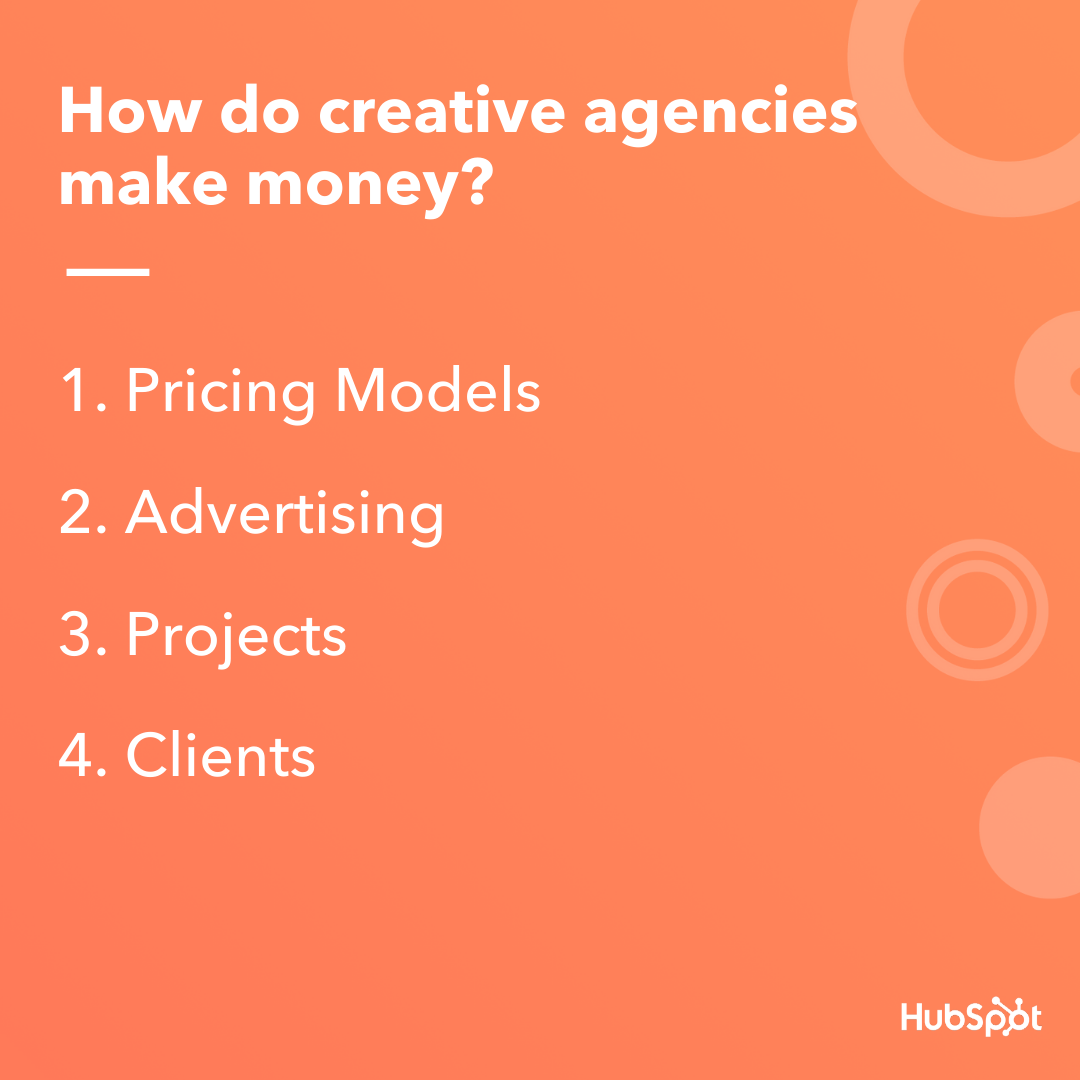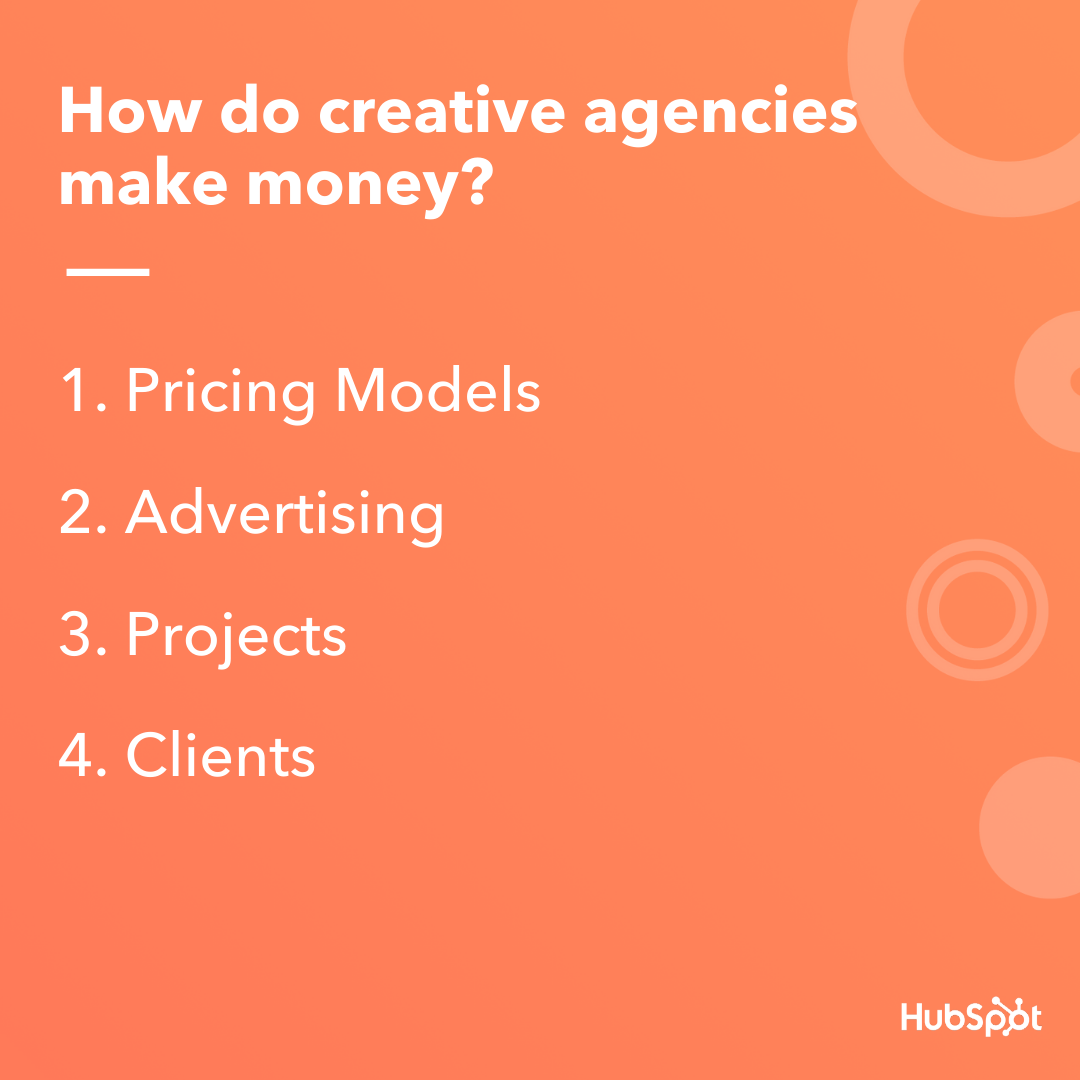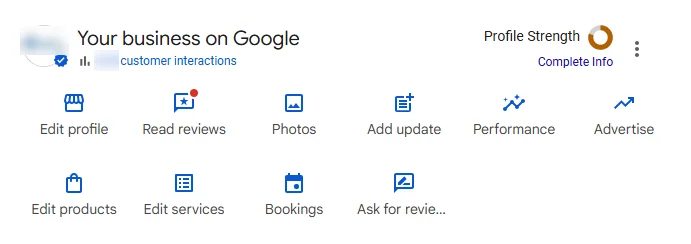Every once in a while, I see a commercial that makes me think, “Well, who did they get to do that?”
As a marketer, it's something I can't really help. I immediately strategize about target audiences and selling tactics — especially during commercials for the Super Bowl.
When a video really impresses me, I research the advertising agency that conceptualized the campaign for its clients — like this one, from Sarto Restaurant:
I loved how this commercial mixed funky music with action shots. Plus, it was intertwined with an interview with the Chef Du Cuisine. Hearing about the menu, inspirations about the restaurant, and seeing the type of food being made gave me a good idea of the atmosphere in Sarto.
My admiration for the commercial led me to Erba, a creative agency offering a full range of marketing and advertising services. Companies leverage agencies like Erba to produce professional, effective campaigns.
It's likely that the team at Sarto wanted to use an agency like Erba to raise awareness of their restaurant. But what else can creative agencies offer? And how do they make money? Let's explore those questions next.
What is a creative agency? What do they do?
An agency is an organization that offers a list of services for one specific industry. A creative agency, then, is one that offers services related to marketing and advertising.
For instance, some creative agencies you'll see are ones that offer marketing services, social media scheduling, advertising and branding, influencer marketing, and more. These agencies usually have different tiers or models for how they operate, and what they offer.
Creative agencies take on a large workload. They usually have a client base and execute different projects for them from start-to-finish. For instance, an influencer agency might find brand deals that relate to their niche.
If this sounds pretty broad, that's because marketing agencies usually are — there's so many niches and specialties agencies can tackle. Because of the slight ambiguity, you might be wondering how these agencies operate, or even … how they make money.
Agencies are a business. Businesses have plans in place to earn revenue, but there are some exceptions that are unique to agencies. Next, let's dive into a list of ways agencies stay afloat.

1. Pricing Models
Every company needs a pricing model in order to charge for their services, and agencies are no exception. Pricing models are determined by the agency and should reflect the value of the services offered, as well as industry standards.
Some pricing models are more beneficial to agencies than others — it differs from company to company. Maybe your pricing model is based on one you've seen from a different agency, but it doesn't quite work for your business goals.
If you're struggling to come up with a pricing model, or your agency is outgrowing your current strategy, refer to this rundown of common ones for agencies.
Fixed Rate
If you've ever put down a deposit for a service, and then paid the rest of the rate after completion, you've participated in a fixed-rate model. This model is determined by calculating how many hours a project takes, combined with the hourly rate. That amount is split into two fees: One upfront, and one due after the project.
For instance, let's say I charge $125 for social media services for one campaign. In a fixed rate model, this price is made up of projected hours needed and how much I charge per hour. In the beginning, my client and I agree to a $50 deposit, with the rest due after.
This pricing model can be useful if your agency works case by case, as this method also includes the retainer approach. In a nutshell, you wouldn't need to think about how much to charge for each client because it would already be determined.
However, agencies can run into an issue if the project takes much more than the projected hour amount. If that happens, the pricing should reflect the work, but that's difficult if the fee is already set. To alleviate this, specify your offerings — for instance, one Twitter campaign for one month could be its own rate.
Value-based
This pricing model is determined after a project's completion. Based on ROI, the price will be determined according to what the agency and clients agree on, sharing risk and rewards.
To implement this model, you need to work through a few steps. First, you'll determine the clients' goals and make sure they're measurable. In this case, let's say the client wants to boost conversion rates with an ad campaign.
After identifying the client's goals, estimating a price, and reminding the client that it's subject to change upon completion. Failing to meet goals might negate a lower price, while exceeding them would have the opposite effect.
For this pricing model to work, agencies need a proven track record of exceeding customer expectations. That's why, it can be hard to sell this model if you work for a startup — you'd have little history to show past work.
This model is a good choice for agencies with a solid reputation and history of high-performing projects. Showing proof of the value you give clients reinforces your rate and makes them more comfortable when choosing your agency.
Hourly Rate
An hourly rate is determined by the amount of hours a company spends working on a project for a client. In this scenario, if my social media agency ran a client's social media channels for the duration of a campaign, I would charge based on the amount of hours spent doing that.
If I spent 40 hours working on a campaign at a rate of $125/hr, then I would earn $5,000 from that client. Generally, agencies come up with their hourly rate based on the seniority of the employee(s) involved, or agree on a set price across the board.
This is a useful pricing model if your organization has multiple specializations. You can offer one price for the same set of services across the board. Or, you can assign the best employees for certain projects based on bandwidth.
However, it can be hard to predict cash flow with this model. It can also place weariness on the client — the longer it takes to do the work, the more you get paid. So clients might be unsure about efficiency during the length of their project.
2. Advertising
Agencies often offer advertising services to help the client broadcast the campaign they've helped the client create … Typically, agencies will take a percentage of the ROI from those ads, which is one way to make extra revenue.
In the same vein, agencies can also run ads for their own company. In this case, all revenue from ads would go back directly to the organization. Let's look at those options more in-depth here.
Paid Media
Agencies can charge clients based on ROI of paid media. Ads, search results, and sponsored content that's paid to be promoted are common examples of this ad type. Usually, they're used to expand reach and traffic.
For example, If I were running a social media campaign for a client, and one of my content marketing strategies included paid ads, I might consider including the cost it takes to run them in the total price I charge the client. Alternatively, I could also choose to take a percentage of the ROI after the campaign is over.
The inclusion of paid ad return in projects ensures the work gets paid for, regardless of results. You can also use paid media to promote your company. Because paid media supports waiting until the end of a campaign to charge, this strategy works well with a value-based pricing model.
Owned Media
Owned media simply means all the content created by your agency. So if my social media company makes blog posts, tweets, main feed posts, pins, and other multimedia elements, those are all considered “owned”. The purpose of this type of media is to nurture leads.
Agencies can charge based on the amount of owned media created per campaign, or by agreeing on a percent of ROI with the client. For example, my social media campaign might involve 15 owned media that I can charge for all at once, or based on the client's goal.
You'll want to consider using owned media to promote your brand. It'll convey the value of your company to prospects, and ideally convince them to convert.
3. Projects
Here, “projects” means how you offer your services. While pricing models determine how much you'll charge, this aspect focuses on what you'll provide. Agencies tackle projects in a couple of different ways, and some are unique to their own rules.
Next, let's review the most common ways agencies can tackle projects.
One-off
This is a case-by-case basis. For one-off projects, the client and agency agree on a set of services and price. Generally, one-offs call for pricing models that can be flexible, so that prices can be set individually.
Agencies can offer simple campaigns, content creation, or other services that meet client goals with this method. For instance, my social media company might offer ad campaigns by social media channel or duration at a fixed rate.
One-off structures are useful for agencies that can sustain a flexible pricing model. Additionally, if companies offer many services that clients can choose from, one-offs keeps goals focused. This approach allows clients full customization.
Contracted Clients
Agencies can execute projects based on an agreed-upon contract signed by both parties. This contract would outline the services provided, the length of the agreement, and a rate. Typically, contracted clients are for long-term projects.
Let's say my social media company signs a client with the intent of running their Facebook and Instagram accounts for a fixed monthly rate. The length of the contract is one year and includes a bundle of services that correlate, such as monthly analytics reporting.
This scenario is common, and a lot of agencies set their client relationships up with contracts.
Contacted clients can be a good avenue for your agency if you want a set income and deep client relationships. Over time, your team will get to know the client and their needs as they evolve. This can lead to improved ROI.
However, clients may be hesitant to sign a long-term contract. Make sure you show the client previous long-term successful campaigns to alleviate their worries. You can also introduce a trial run for a shorter amount of time.
Inbound Marketing
Agencies can make money from their marketing efforts. Of course, your agency most likely runs marketing campaigns for clients. However, there are ways to monetize marketing for your agency — for instance, if you run PPC ads on your website.
Inbound marketing is one of the best ways to save money from branding your company. If you provide value for your target audience upfront, you won't have to waste time and resources cold calling and emailing. Additionally, your leads will be more valuable.
When you run ads, consider looking for PPC options, so you can earn money with every click. Additionally, produce content, for example, ebooks and white papers, that promote your brand. This can be included in offers for prospective clients.
Referrals
You probably rely on referrals at some capacity for new clients. The referrals from happy customers give you quality contacts and new potential customers. Essentially, this form of word-of-mouth marketing helps you generate leads.
Other than gaining more business, referrals help strengthen the relationship you have with clients. Ask them for their input on your offerings, and if they would recommend your company to a friend. That way, you're being proactive about lead generation.
4. Partnerships
Agencies can benefit from partnering with other organizations to generate revenue and leads. Think about influencers, clients, and other agencies in your industry that have potential to be in a campaign with your company.
Partnerships are mutually beneficial relationships that earn both parties leads and generate revenue. Thought leaders are going to reach out to even if you don't secure a partnership; You can still expand your network and make new connections.
With Influencers
If your agency works with influencers, consider partnering with a few on a brand awareness campaign. They will be an advocate for your company, and maybe appear in a few ads or sponsored posts.
As you're thinking about influencers with whom to partner, remember to choose one related closely to your industry if they're not a client. Those influencers will have audience members that are interested in content similar to yours, and have great potential to be quality leads.
Check out this post from Twitch's Instagram, for example. The post announces popular gaming YouTuber, lilsimsie, as an ambassador. Kayla Sims hosts streams on Twitch, where she often plays the computer game The Sims 4.
View this post on InstagramLiving that Sims life was fate for our latest Twitch Ambassador. Send all your simsieLove to @lilsimsie.
Because she has 200,000 followers, she's likely an effective influencer for Twitch. Between her YouTube following and Instagram following, Sims has the potential to bring views and ad revenue to Twitch from streams.
With Clients
Similar to the last example, instead of partnering with an influencer, team up with a client. You can use their testimonials as part of a lead generation campaign. This is also a lower-cost alternative to the price of leveraging influencers.
You can obtain the testimonial for free, and use the visual assets you created for the client as the content for the ad. For instance, take a look at this post from influencer agency Viral Nation:
View this post on InstagramViral Nation has put together an influencer marketing campaign for @goldfishcanada to help drive brand awareness. It’s all about using Goldfish Crackers as entertainment and fun while you’re stuck at home! 📷 @priscillaventurablog #GoldfishMoments
The post shows how one of their clients worked with Goldfish for a sponsorship. Ideally, this post will demonstrate the types of clients Viral Nation works with, so similar influencers will consider reaching out. This type of content is helpful for prospective agencies and influencers that are looking for campaign help and representation.
Additionally, fans from the influencer, Priscilla Ventura, and agencies that follow Goldfish, could come across this post and decide to inquire about services.
With other agencies
Maybe you run an agency that focuses solely on social media. Your team conceptualizes, creates, and implements campaigns solely for social media. It works, and it's great.
But you know your agency would benefit from offering a little more to clients. For that, consider partnering with an agency that offers services that complement social media — perhaps this is a website branding company.
A partnership deal could include a bundled services offer: Clients can receive both services from each agency for a special price. This is a great way to obtain new leads and generate new business. Complementary agencies wouldn't be direct competition, and there's an advantage of tapping into their clientele.
Sometimes, creative agencies are the unsung heroes behind your favorite campaign. It's always fun to look at which agencies produced a viral campaign. But in order to obtain the resources to create an effective campaign, you need revenue.
For extra inspiration, check out what your favorite agencies are doing. How are they managing pricing models, and how are they using their social channels? Do you come across ads for that agency?
Creative agencies can use a lot of the resources around them to pull in extra money. If you're part of an agency that is struggling to make ends meet, consider some of the out-of-the-box ideas, above, to either restructure your pricing model or increase revenue through partnerships or additional services.
![]()





Recent Comments